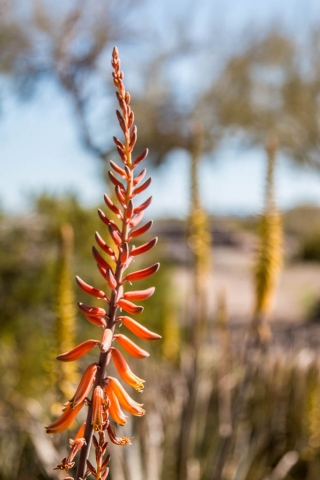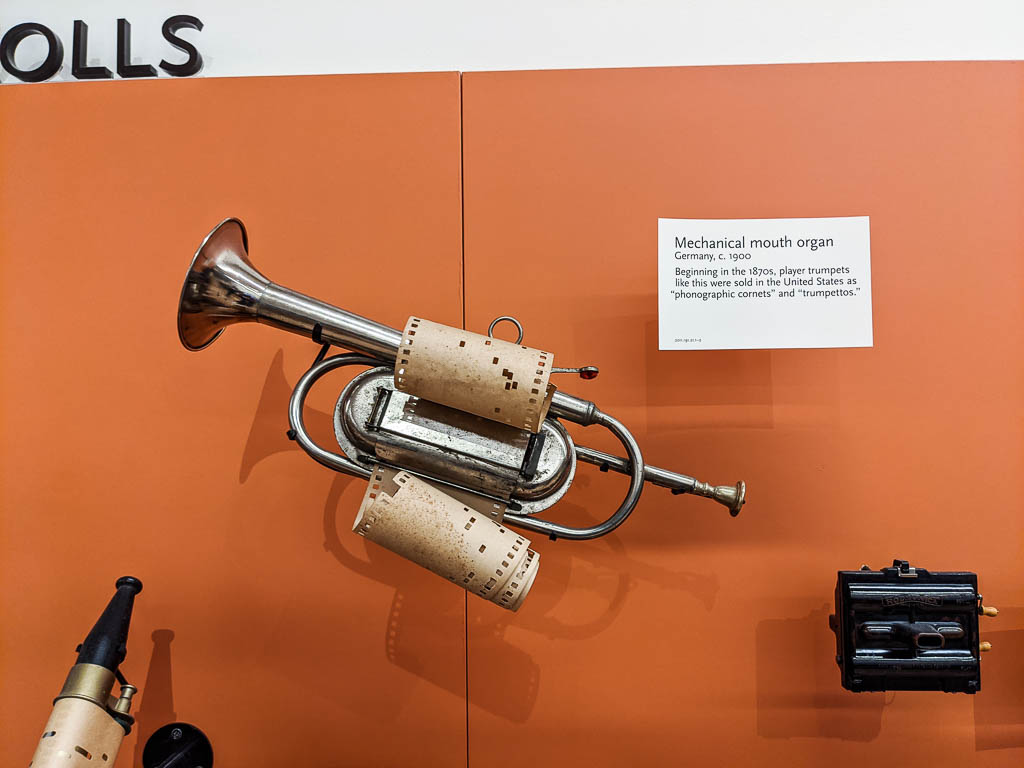A change of plans.
Indeed.
I have held back from posting through the winter (but I guess you already knew that!) because I’ve been rather focused on the health of my siblings and my vision challenges.
I have REALLY felt the distance from my siblings since the fall. We were able to travel to CT for my brother-in-law’s funeral in October. I extended my stay to help my sister through the first days of her grief and sadly, she is now fighting cancer herself. At the same time, my younger sister had some serious health concerns that necessitated her move to a long-term rehab facility. Daily visits to see her were important for both of us as she tried to adjust to her new situation. Believe it or not, also in October, my brother ended up in ICU for 6 days due to a bad combination of prescriptions (that his doc had missed and which the pharmacy had missed too—I learned that MD does NOT require pharmacies to run the safeguard program to catch and red-flag such errors!). He pulled through—thank God!

I returned to AZ early in November fully expecting to make a trip back to spend more time with my sisters in Feb or Mar. My eyes had a different plan for me. Not to bore anyone with any details (and if you follow me on FB, you’ve seen some of this already), but I’ve had 3 surgeries this winter — and finally, the most recent procedure (shunt implant) on my right eye is showing early positive results. I am beyond excited and will now be followed weekly by my glaucoma specialist to be sure the pressure doesn’t go dangerously low.

In the meantime, my left eye is gearing up for ITS same surgery in the not-too-distant future as the pressure is already in the danger zone. This particular surgery can take up to 3 months for full recovery. Back to back surgeries mean I’ll be followed very carefully by my GS right through the summer and beyond.
And then, of course, there is the coronavirus and COVID-19. Ugh. I have decided that the very most difficult challenge is being away from family members who are ill. Providing comfort from a distance through cards, texting, phone calls, and video-chats will have to do. I am so grateful to SO many who are keeping my extended family in their prayers.
We have had to cancel all of our 2020 summer plans to visit more National Parks with our grandsons, Graham and Dean. Hopefully next year…
These changes seem rather minimal as we watch and read about the many sacrifices made by the COVID-19 first responders: health care providers and supporters, police and fire departments, grocery store clerks, pharmacists, and thousands more.
And how are we managing?
Except for 2 grocery runs and one trip to the eye doc in Phoenix, we’ve been self-isolating. That’s not actually very hard to do while we continue to boondock on the desert where we’ve been since early October 2019. With more than 11,000 acres on this BLM Long Term Visitor Area, there is PLENTY of room to keep to yourself.


We have been taking walks each day and have been enjoying the colorful flowers that are now making an appearance in the desert. A fair amount of rain this winter has made for a lovely bloom. We do wonder how the desert bloom is in other parts of the southwest where it was rather spectacular a year ago. Anyone know?
We’re filling our time with reading, walking, bingeing on Netflix, etc. (check out our new favorite – The Great British Baking Show), LOTS of quilting (I’m taking several terrific online classes), and too much time on the computer.
We are visiting with our kids and grandkids nearly daily between Facetime and Zoom. Zoom is particularly fun because we can see everyone at once and the connection is excellent. I’ve also been able to visit with my P.E.O. sisters (16 of us) on Zoom–what fun!
We’ve been heartened and absolutely amazed at how our nation’s educators, school districts, and local municipalities have risen to the occasion to keep their students fed, safe, engaged, and supported. Check out this amazing video created by educators in the Corning-Painted Post (NY) School District where our son and daughter-in-law teach.
The church we still belong to in Maine continues to do amazing work and is keeping our church family together through live streaming prayer services, Bible study, and Sunday worship. It’s been so important for us to maintain those connections. Bible study on Zoom with my pastor and other dear friends continues to be a real lifeline for me.
“Home is where the heart is.” For us, home is also where we park it. On March 13th, the sale of our “sticks and bricks” house on Mount Desert Island finally closed, so these 36 feet of trailer are “all we have.” It is a relief to not have the house, but also feels a bit strange.
Did you know that there are ONE MILLION full-time RV’ers in the US? We have received several questions from friends wondering whether we will be able to find a place to stay once the BLM closes the LTVA we’re in, in April, because there are many reports in the news of campgrounds closing . Yes. We have decided to stay put in Quartzsite for the foreseeable future. We too have been keeping abreast of closures of state parks, some national park campgrounds and facilities, as well as an increasing number of private campgrounds. We are glad that we’ve been able to secure a spot in a local private campground here in Quartzsite for April 15-at least Sept 15. We can come back to the BLM land (desert) as of Sept 15 but if it’s still very, very hot, we may just stay put in the private campground where we can run our AC’s! (Solar just doesn’t provide enough power to run AC’s.)
Life feels alien right now, and hard. But we’re uplifted by the resilience of life demonstrated here on the desert by these saguaro and other plants and animals.



Since our last post (March 6), so much has changed. For all of us.
We hope that this post finds you self-isolated, safe, and healthy!



















































